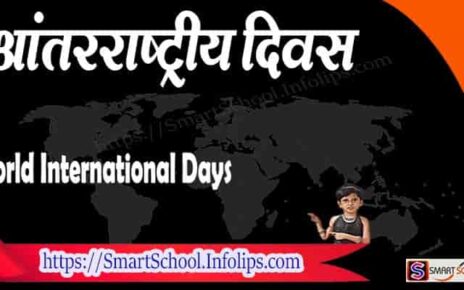The Freedom Struggle of 1857 Class 8 Questions And Answers Chapter 4 Maharashtra Board
Class 8 History Chapter 4 The Freedom Struggle of 1857 Textbook Questions and Answers
1. Rewrite the statements by choosing the appropriate options:
(Umaji Naik, War of Independence, Lord Dalhousie, Secretary of State, Tatya Tope)
Q. 1. V. D. Savarkar named the struggleof 1857 as the ………. .
Ans: War of Independence
Q. 2. ……….. united the Ramoshis to rebel against the British.
Ans: Umaji Naik
Q. 3. After the struggle of 1857, the post of …………. was created in the British Government to look after the affairs of India.
Ans: Secretary of State
Q. 4. ………… was the Governor General who annexed the princely states.
Ans: Lord Dalhousie.
2. Explain the following statements with reasons :
Q. 1. The Paikas made armed rebellion against the British.
Ans: a) In 1803, the British took control of Odisha.
b) They took away the tax-free land that the local warriors (Paikas) had received from their kings.
c) The British also put heavy taxes on salt, making life hard for ordinary people.
d) This led to the Paikas starting a violent revolt against the British in 1817.
Q. 2. There was discontent among the Hindu and Muslim sepoys.
Ans: a) In 1856, the British gave the soldiers new rifles called Enfield. To load the rifle, soldiers had to bite open the cartridge, which was greased.
b) Rumors spread that the grease was made from cow fat (sacred to Hindus) and pig fat (forbidden to Muslims).
c) This hurt the religious feelings of Hindu and Muslim soldiers, making them angry with the British.
Q. 3. The Indian sepoys could not keep stand in front of the British army.
Ans: The Indian soldiers were brave, but they lost to the British because:
- They lacked good battle plans.
- They didn’t have enough money or resources.
- Their weapons were old and limited, and they had no expert generals like the British.
- The British had better transport and communication, so they could move faster.
This shows that winning a war takes more than just bravery—it needs smart planning and strong resources.
Q. 4. After the struggle, Indian army was divided on the basis of caste.
Ans: The British divided the Indian army by caste because:
They feared that if Indians united, they would rebel again.
So, they kept them separated by caste to prevent any future uprisings.
Q. 5. The British imposed heavy taxes on Indian industries.
Ans: The British made new tax rules to earn more money.
- They forced farmers to pay high taxes.
- They sold British goods in India for profit.
- They taxed Indian-made goods heavily to make them expensive.
- This destroyed local crafts and cloth industries.
- Many skilled workers lost their jobs.
- The British did this to weaken India’s economy.
3. Answer the following questions in brief:
Q. 1. What were the social causes behind the struggle of 1857?
Ans:


